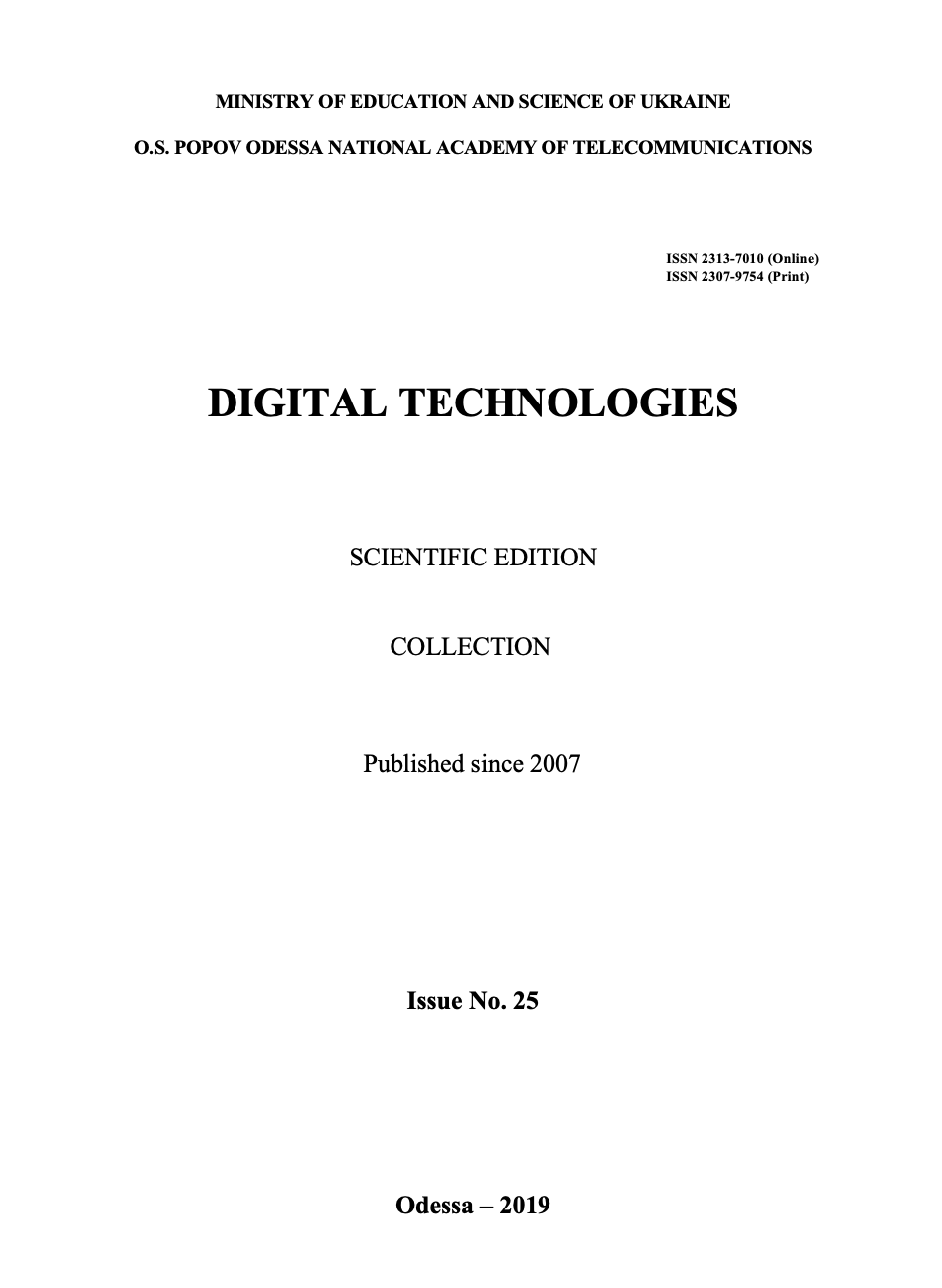Most read articles by the same author(s)
- V.F. TIMKOV , S.V. TIMKOV , V.A. ZHUKOV , K.E. AFANASIEV, ANALYTICAL EVALUATION OF THE NUMERICAL VALUES OF THE HUBBLE CONSTANT AND MAIN SPATIAL-ENERGY CHARACTERISTICS OF THE OBSERVABLE UNIVERSE , Digital technologies: No. 26 (2019)

